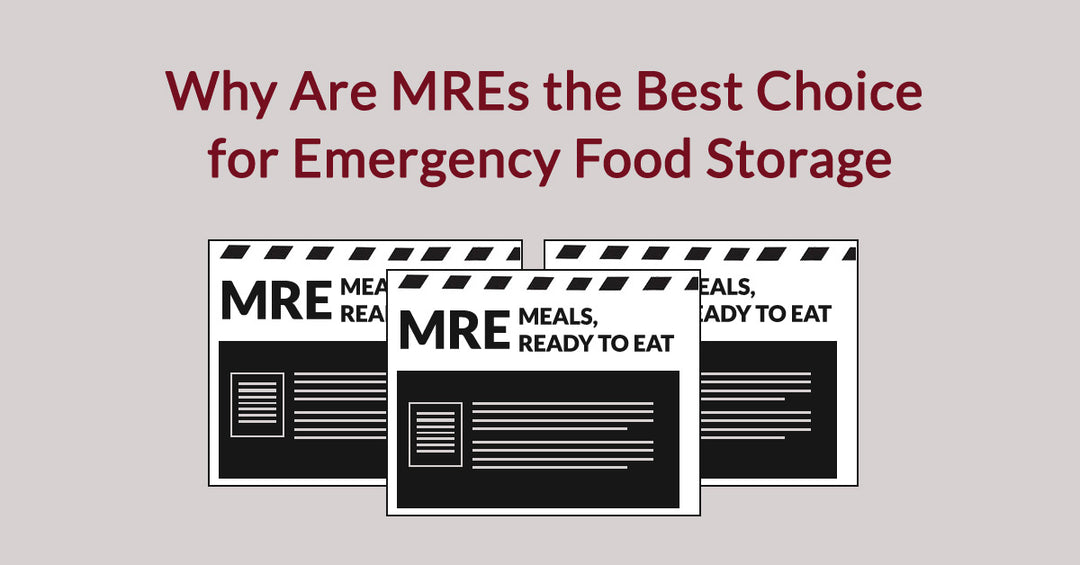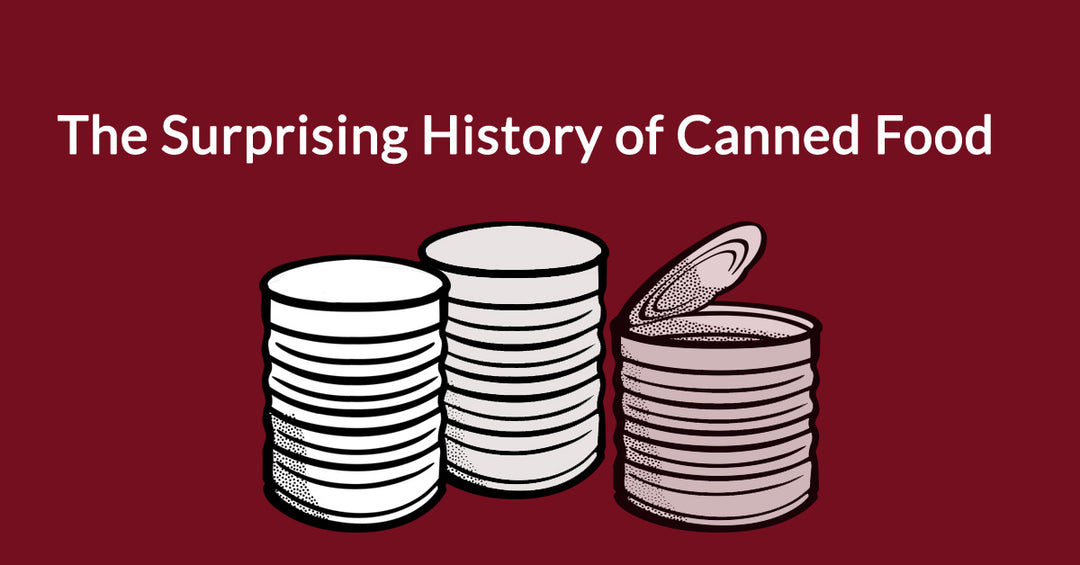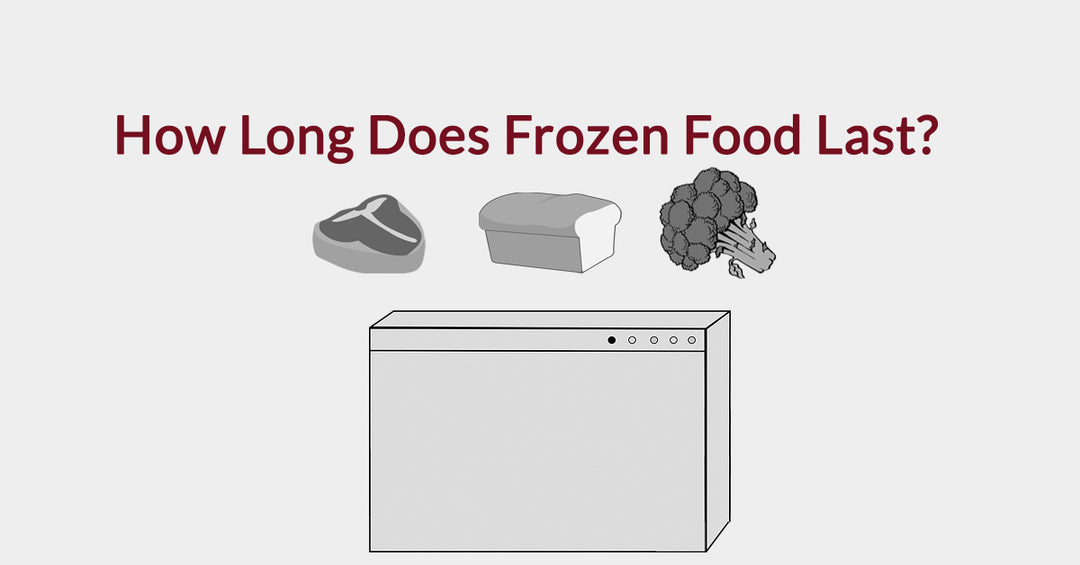US Food Supply Disaster Series: Hurricane Irma (September 2017, Florida and Southeastern U.S.)

In September 2017, Hurricane Irma, a powerful Category 5 storm, swept through Florida, unleashing widespread destruction. Beyond the immediate damage, Irma exposed critical vulnerabilities in the region's food supply chains, offering vital lessons for future disaster preparedness and food security.
The Food Crisis Unfolds: Challenges from a Category 5 Storm
As Irma approached, panic buying emptied grocery shelves across Florida days before landfall, highlighting public anxiety and retail supply chain limits. After the storm, long power outages affected millions, causing widespread food spoilage in homes and businesses as refrigerators and freezers failed. This was particularly hard on low-income communities.
Furthermore, food deliveries stalled for over a week in many areas. Impassable roads and damaged infrastructure meant fresh supplies couldn't reach stores or shelters. This disruption to the retail supply chain underscored the fragility of Florida's "just-in-time" inventory system when faced with a widespread disaster.
Who Was Most Vulnerable to Food Insecurity?
Hurricane Irma's impact on food security hit certain groups harder. Seniors, often with limited mobility or fixed incomes, faced significant challenges. Evacuees, whether in shelters or with family, faced uncertainty about their next meal, overwhelming aid efforts. Perhaps most acutely affected were those in mobile housing or homes without backup power, as their food spoiled rapidly without refrigeration.
Outcomes and Lessons Learned: Building Resilience for Future Storms
The extensive food challenges of Hurricane Irma led to crucial reassessments in disaster preparedness.
A key lesson was the vital importance of shelf-stable emergency rations. Widespread spoilage reinforced the need for households to stock non-perishable foods that don't require refrigeration. Emergency agencies intensified public awareness campaigns advising a multi-day supply of such provisions.
Additionally, the scale of the disaster prompted a renewed focus on establishing and maintaining regional food reserves. Organizations like food banks, already crucial responders, reinforced the need for larger, more resilient warehouses strategically placed to withstand storms and remain accessible when local infrastructure is compromised. This allows for more rapid and sustained distribution of aid when commercial supply lines are down.




